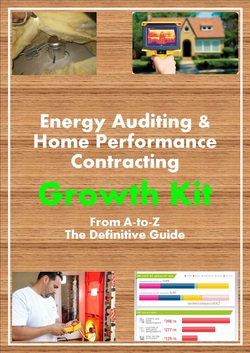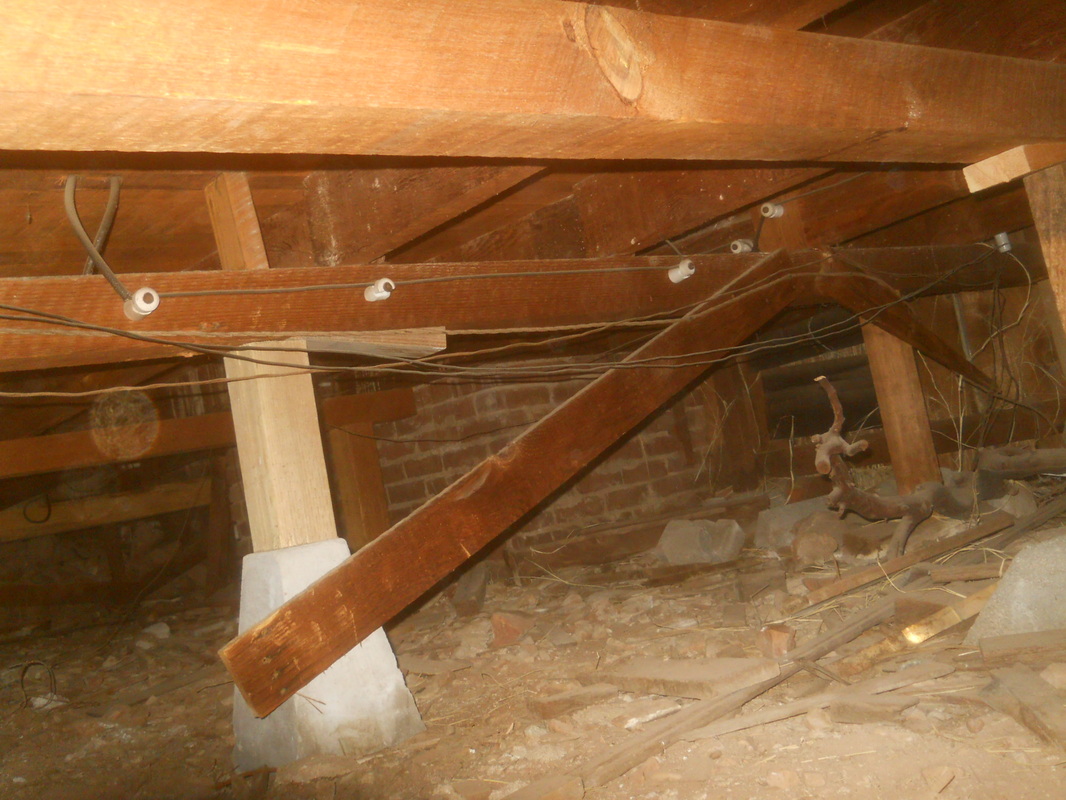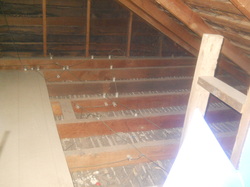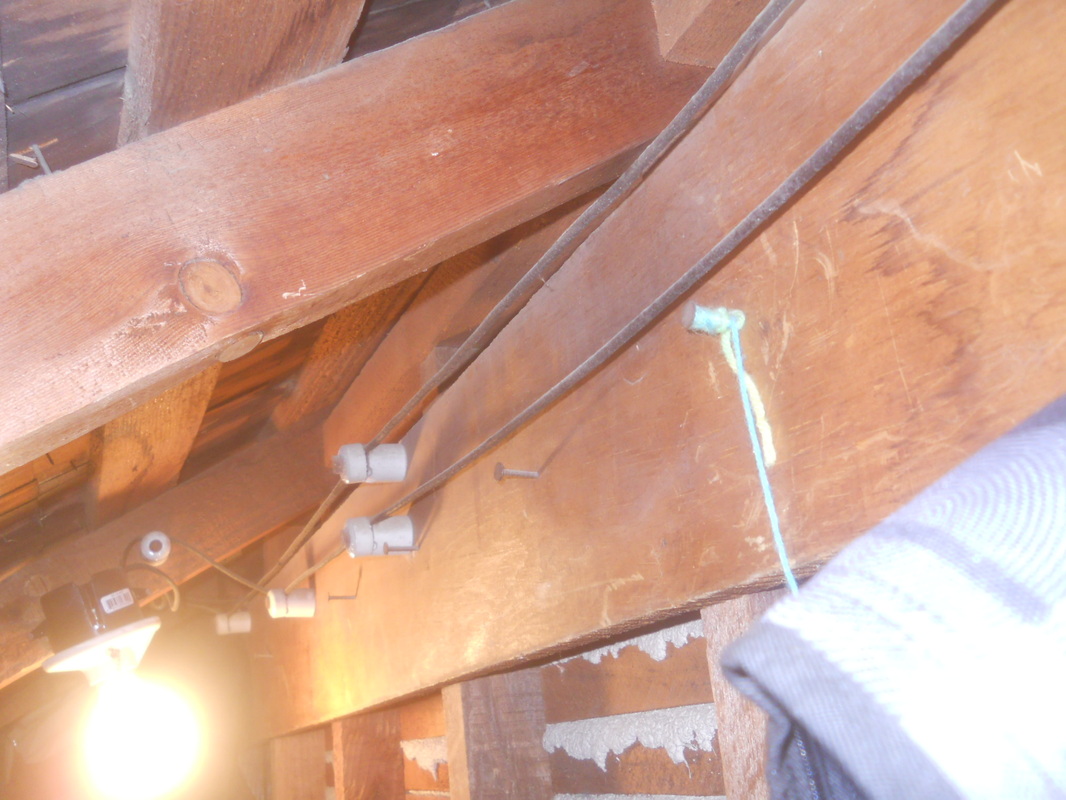Passing the BPI Exam With Energy Auditor Training
FREE BPI PRACTICE EXAMPUT YOUR HOME PERFORMANCE BUSINESS ON ROCKET FUELENERGY AUDITOR NEWSLETTERGet the only Energy Auditor Marketing Newsletter with monthly strategies and tactics to grow your home performance business.
The main topics of the BPI BA exam are listed out below. Click on a link that interests you, or you need some brushing up on to learn more on each subject.
1. Building Science Fundamentals 1a. Basic terms and definitions 1b. Principals of energy, air & moisture 1c. Combustion science 2. Buildings and Their Systems 2a. Building components 2b. Conservation strategies 2c. Comprehensive building assessment process 2d. Design considerations 3. Measurement and Verification of Building Performance 3a. Applied diagnostics and troubleshooting 4. BPI National Standards and Project Specifications 4a. Comprehensive building assessment 5. Analyzing Buildings Systems 5a. Comprehensive building assessment 5b. Appliances and lighting 6. Conduct and communications 6a. Conservation strategies |
BPI Written Exam - Section 2 Buildings and Their Systems
This is an under emphasized section that should be right up there in the Health and Safety BPI standards. Knob and tube wiring was using pre-1930 homes and is dangerous because the copper wire is wrapped in a cloth that can easily wear and expose a live wire. If you find knob and tube wiring, you need to recommend replacing the wiring, especially if you are recommending insulation.
In general, be very careful when crawling around attics of older homes, even if the wiring is not knob and tube but is just old or the house had some handyman or was flipped by the cheapest contractor. It is bad enough crawling in the attic or crawlspace, let alone getting shocked by exposed wires from someone else's carelessness. If in doubt, shut the power off at the breaker and then do your work. I've heard horror stories and myself been shocked one too many times from exposed wires and you you don't need to know you swear like a contractor just from being shocked. Typically, if you find a home with balloon framing, you'll also have knob and tube wiring. New wiring can still be done wrong or sloppy by contractors who do not use electrical boxes, or loosely wire the connections together or incorrectly and then if a light goes out guess what, you get the blame. Ideally you could go around to each outlet with an electrical checker and verify that each outlet was wired correctly before you do any work and get the homeowner to sign off on it (especially with an older home or a flipped home). Best advice is to mindful of every step you take in the attic and take your time. Tripping over wires only causes you pain. Next Section2a. Building Components
2b. Conservation Strategies
2c. Comprehensive Building Assessment Process
2d. Design considerations
|




